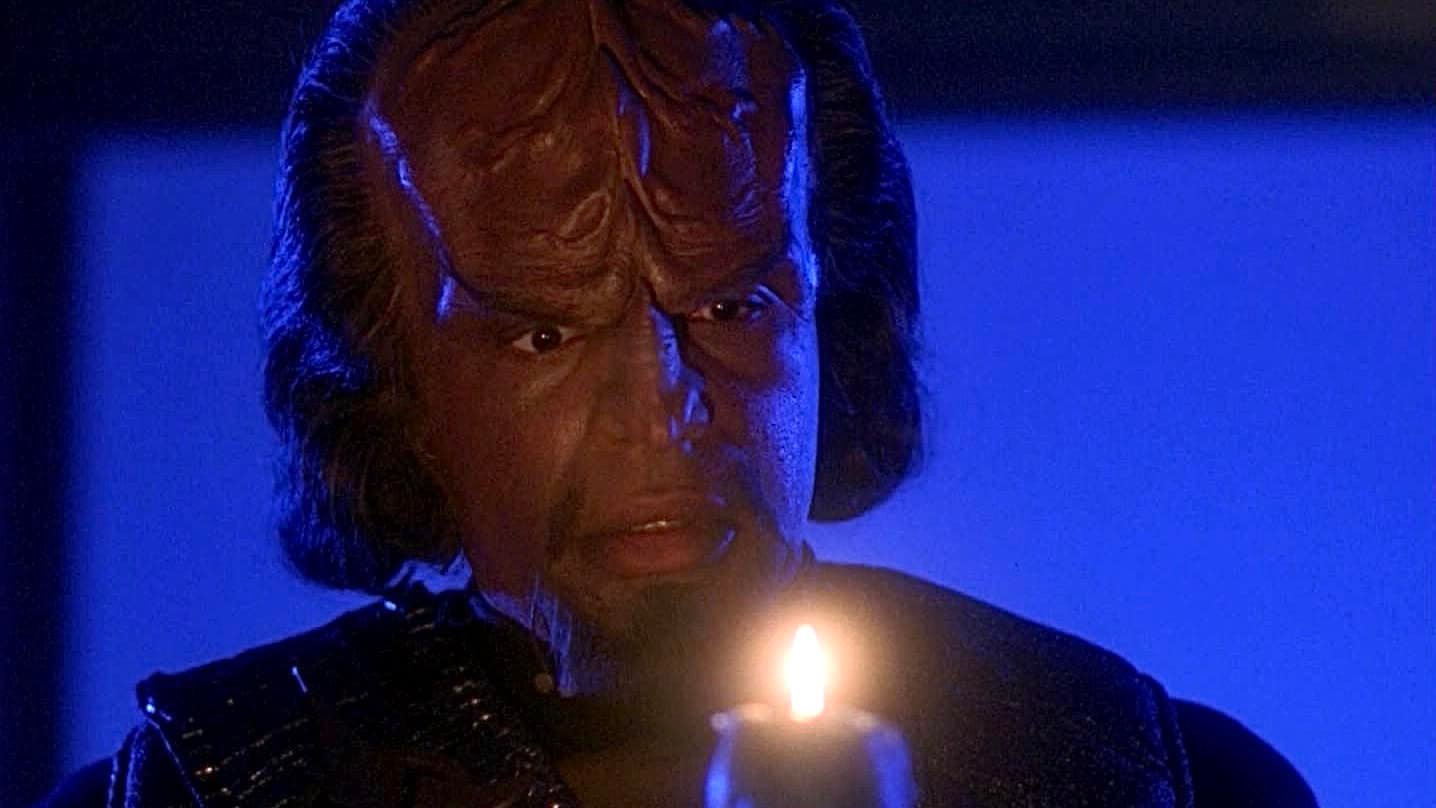Near Chris Snellgrove
| Published
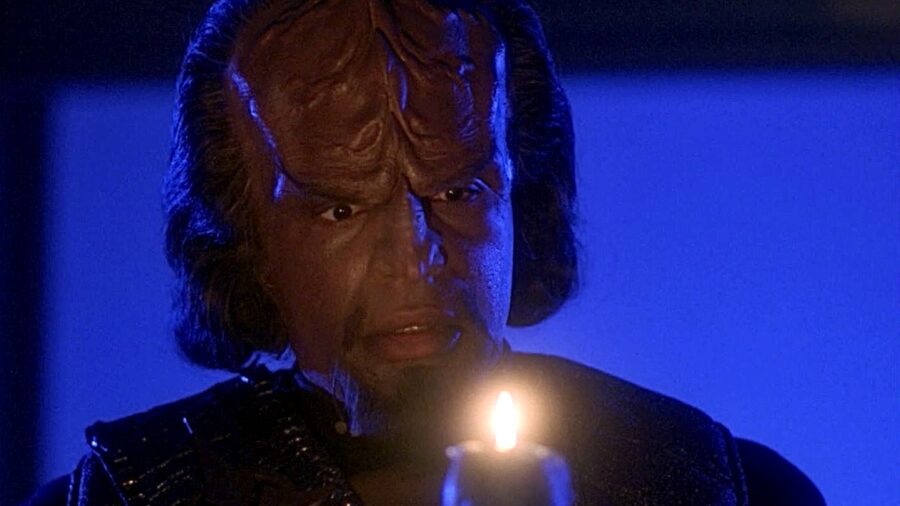
“Lining” is one of the best episodes Star Trek: The next generationthose who deal with subjects such as death, loss and extreme trauma. And part of what makes it such an emotional gut punch is that it deals with something we almost never see in this franchise: rainfall on board when someone dies away from the mission. According to the episode writer and the future Battlestar Galactica Showrunner Ronald D. Moore, he wrote this episode because he noticed that the show never focused on practical problems where the vessels of families who live in it still go to one dangerous mission after another,
“Lining” teaches Star Trek about death
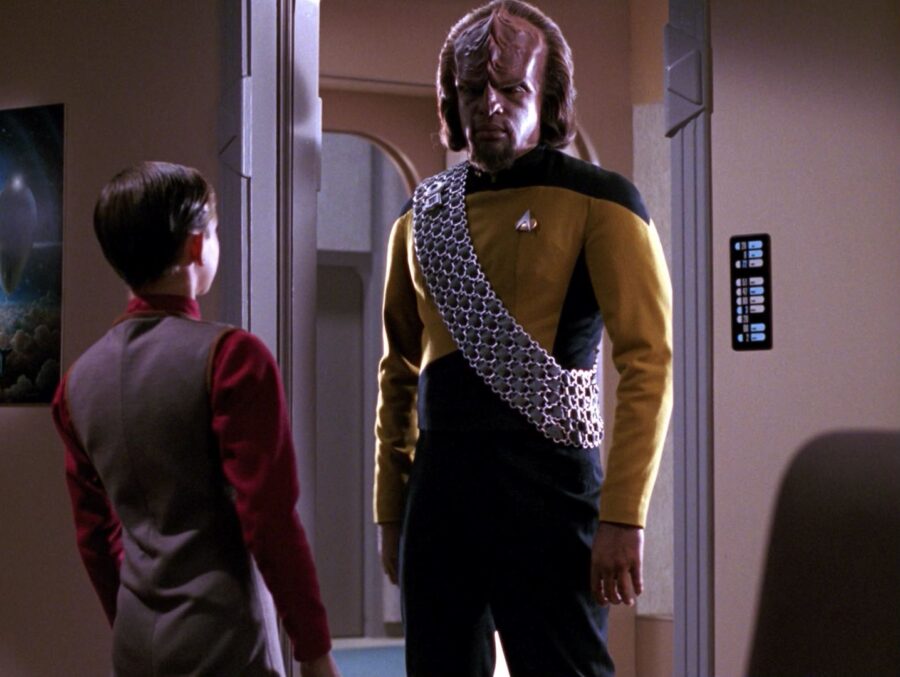
If a hot minute has passed since you have seen a “liability” in this Star Trek episode shows that a young boy has to deal with the sudden death of your mother, the security officer FeverIn the area, Klingon wants to perform a binding ritual with a boy because they are both orphans, but his plans are announced by the appearance of the mother that turns out alien expression from the planet below. According to Mason, he wrote this episode, because “Never seem to have looked at some of the issues that the family ship will inevitably create.”
Part of what Moore made such an advantage The next generation The fact is that he was the superfanas of the original series and was able to provide a certain canonical consistency between the two performances. For example, he was a resident expert them in Klingon and was tasked with expanding much of this race mythology on TNG.
So he knew better that most of the franchise staple had poor red shirts that die terrible on missions, but these deaths usually did nothing more than keeping the kirk alive and help Ghost analyze the situation. But since the new show on board had a family, “Lining” is the first Star Trek The episode to carefully study how team deaths affect the surviving family members.
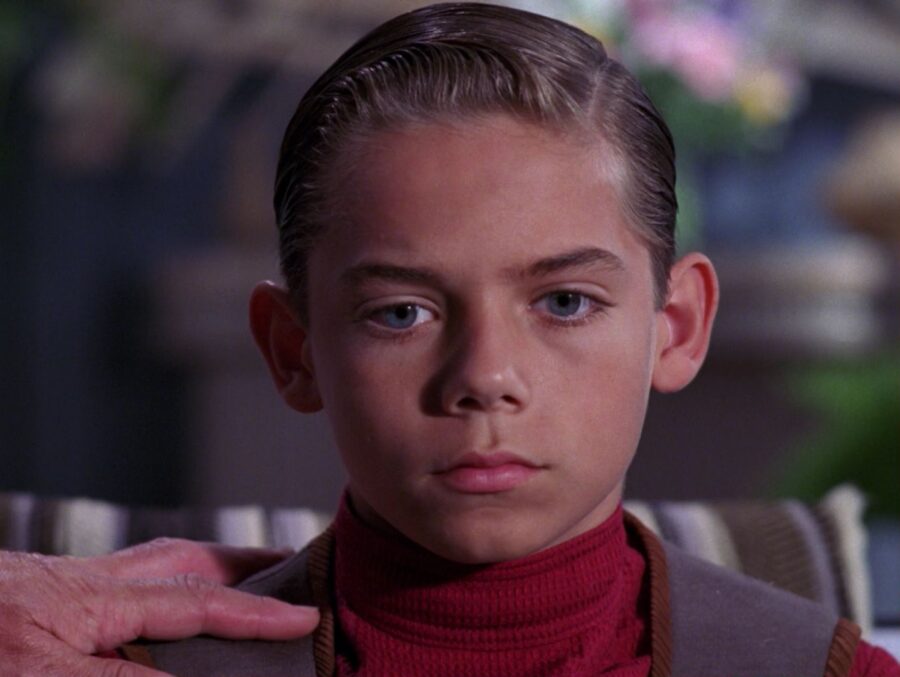
“The idea led us to have the cargo of these thousands, and this time they had brought their families,” Moore said. In this case, the dead security service (Marla Aster) had a new son (Jeremy), and we see how he is engaged in a bowel -narrowing injury to lose his only surviving parent (Dad had previously died from infection). This injury wound is reopened when the planet below is a foreigner -based alien is pretending to be a child’s mother as an act of kindness, without realizing that it does not actually allow the boy to pass and accept what happened.
The “gluing” story may sound like bonkers, but what makes it a great Star Trek episode Battlestar Galactica Show so effective: by checking sci-fi The concepts through the ice -cold lens of reality. He correctly illustrates that families on Enterprise-D can create fun stories but that would be logistics nightmare the families of officers who die from missions (and such officers seem to die as follows All the time).
And the powerful adding aliens trying to make things better for an orphanage shows how the “new life” that the crew is always looking for can actually combine injuries that arise by raising a family on a ship that is almost every week in a deadly danger. Moore leads the gloomy point at home that the officers who brought their families to the company actually chose to constantly risk their lives, rather than leaving them safely on earth or anywhere else. It is a terrible excitement, and in this episode we see what happens after it does not pay off one poor, young boy.
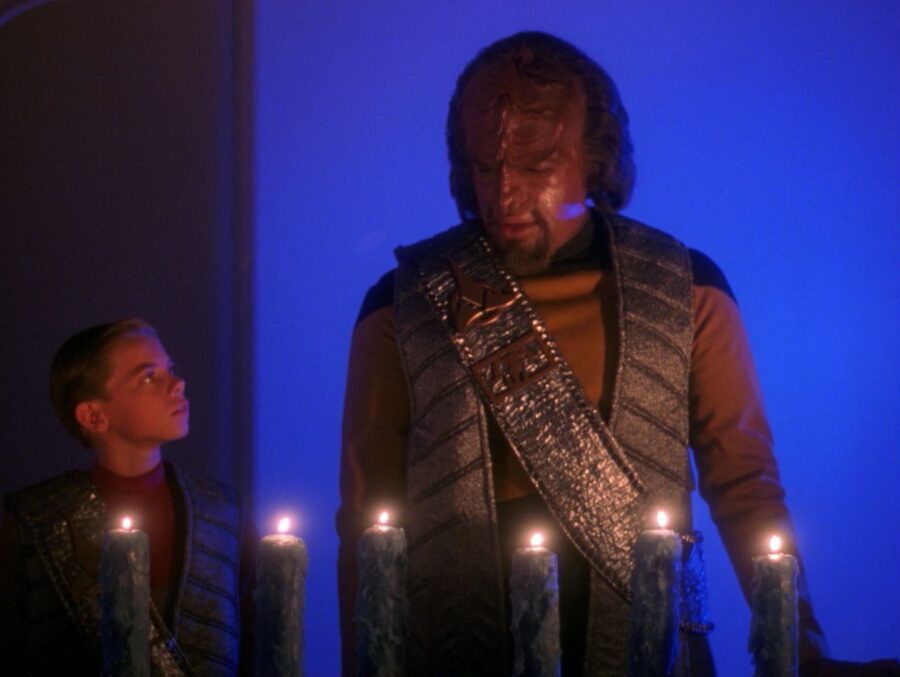
Incredibly, after “tying”, we never received another Star Trek episode that so thoroughly explored that the emotional fall in the Away team mission had become wrong. It was a painful lesson in the truth, the one that hit our favorite characters, as hard as it hit them from us who looked from home. And unlike the new Jeremy Aster, it will require form more than a binding ritual with capricious clingon to help us move from the episode that rigidly Throughout these decades, we will be beaten in the gut later.

